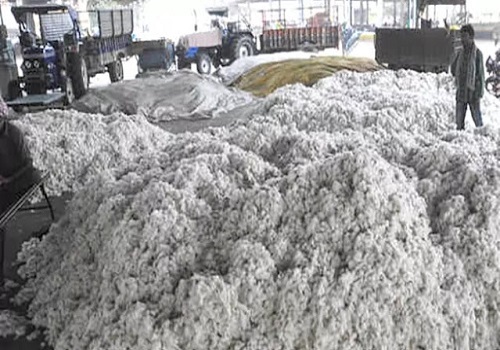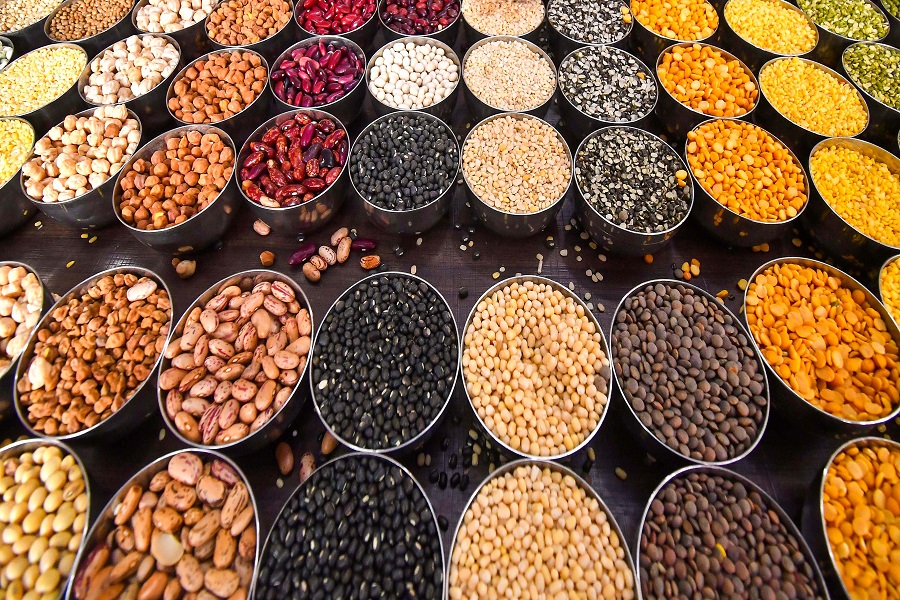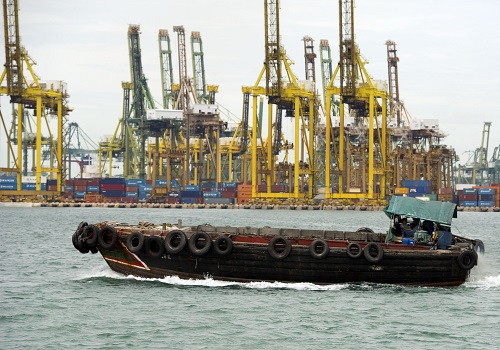Global Cotton Market: Lower U.S. Production, Increased Demand Drive Trade Dynamics by Amit Gupta,Kedia Advisory

Follow us Now on Telegram ! Get daily 10 - 12 important updates on Business, Finance and Investment. Join our Telegram Channel
Lowered U.S. cotton production and reduced ending stocks alongside heightened global consumption and trade mark the 2023/24 season. Despite challenges, stable prices and evolving trade patterns signal resilience in the global cotton market.
Highlights
U.S. Cotton Production Forecast: Production for the 2023/24 U.S. cotton season is reduced to 12.1 million bales, a decrease of 334,000 bales from the previous month's forecast. Final estimates for area, yield, and production will be available in the May 2024 Crop Production report.
Ending Stocks: Ending stocks for U.S. cotton are projected at 2.5 million bales, down by 300,000 bales from the previous month. Stocks as a share of use are estimated at 18%, the lowest since 2020/21.
Price Projection: The projected marketing year average price received by upland producers remains unchanged at 77.0 cents per pound, maintaining stability in the market.
Global Supply and Demand: Global cotton supply and demand estimates for 2023/24 indicate higher production, consumption, and trade, but lower ending stocks. World production sees a 130,000 bales increase, primarily due to a significant rise in India's crop.
Global Consumption and Trade: Global consumption rises by almost 500,000 bales, with notable increases in China and India offsetting lower estimates for Turkey and other countries. World trade increases by about 400,000 bales, mainly driven by higher imports in China.
Exports: Exports are projected higher for India, Australia, and Turkey, reflecting increased global trade dynamics.
Ending Stocks: Global ending stocks see a marginal decrease, down by 353,000 bales to 83.3 million, indicating a relatively balanced global cotton market.
Conclusion
The latest forecasts reveal a nuanced landscape in the global cotton market, with reduced U.S. production and tighter ending stocks contrasting with increased global demand and trade activities. Stable prices amidst these shifts underscore the market's adaptability and resilience. However, uncertainties persist, particularly in supply dynamics and global trade patterns, emphasizing the need for stakeholders to remain agile and informed in navigating the evolving cotton market landscape.
Above views are of the author and not of the website kindly read disclaimer












 320-x-100_uti_gold.jpg" alt="Advertisement">
320-x-100_uti_gold.jpg" alt="Advertisement">












